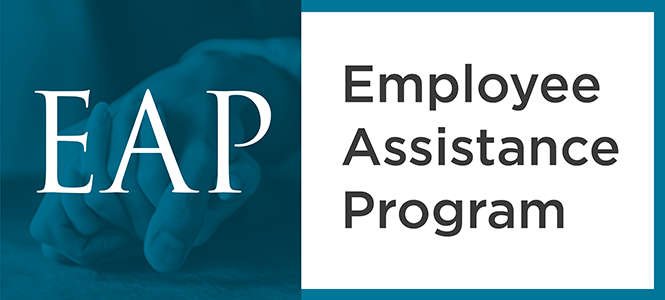What is the Optional Retirement Plan?
The Optional Retirement Plan (ORP) is a defined contribution plan that provides benefits based on the account balance at retirement. An ORP account is made up of contributions from the state and any accumulated investment earnings. Employees choose an investment vendor when they join the plan, and can invest their account among that vendor's approved investment options. The final account balance at retirement will include state contributions and any investment gains or losses on the investment options selected.
Contributions to the ORP
Each year, the state contributes a certain percentage of the employee’s salary to their ORP account, as determined by Internal Revenue Code (IRC). The state’s current contribution rate is 7.25 percent of annual base salary up to the IRC limits. Contributions will be made over 20 pays during the academic year and invested at the direction of the employee among the funds available from the selected vendor. If the employee is hired on or after July 1, 1996, the state 7.25 percent contribution to the ORP will stop once the employee’s salary reaches the federal limit on employer contributions during fiscal year. The employer funds the ORP; employees do not contribute to the plan.
Investment Management
When an employee elects to participate in the ORP, they must choose one investment vendor in which to initially invest their ORP employer contributions. The current approved vendors are FIDELITY Investments and TIAA-CREF (Teachers Insurance and Annuity Association - College Retirement Equities Fund).
Once contributions are deposited with the selected vendor, the employee designates the investment allocation based on the approved ORP investment options offered by the vendor. In some cases, an employee may also be able to transfer funds previously accumulated in the ORP among the vendors — subject to certain restrictions or charges.
Retirement Benefits and Retiree Health Care
The retirement benefit is determined by the balance of ORP account at retirement. Retirees must elect to receive their account in a periodic distribution or annuity in order to qualify for retiree health benefits. The balance of the ORP account will include state contributions and any investment gains or losses on the investment options selected.
Early Retirement Benefit
Early retirement benefits are determined by the balance of the employee’s ORP account (state contributions and any investment gains or losses) at the time of the early retirement. Retirees must elect to receive their account in a periodic distribution or annuity in order to qualify for retiree health benefits. An additional federal penalty tax may apply for early retirement requests.
Disability Benefits
The ORP does not provide disability benefits. However, if an employee becomes disabled, they may receive the full value of their current ORP account balance.
Death Benefits
If an employee dies after retirement, the beneficiary survivor benefit will be determined by the payment option selected at retirement. If an employee dies before retirement, the account balance — including all state contributions and investment earnings — is paid to the designated beneficiary(ies) or estate. Beneficiaries may be changed at any time before or after retirement. The primary beneficiary must be the spouse in order to qualify for retiree health insurance.
Health Benefits
There are special rules governing the eligibility and costs of health benefits for Optional Retirement Program (ORP) Retirees.
- ORP Handbook for Retiree Health Benefits: Hired on or after July 1, 2011
- ORP Handbook for Retiree Health Benefits-June 30, 2011: Hired before or on June 30, 2011
Combining Creditable Service
Switching from the pension plan to the ORP may impact an employee’s eligibility for the state health benefits plan and subsidy at the time of retirement. Employees can combine pension service and ORP service, only in the following instances:
- If ORP and pension service total 25 years or more, service from both systems can be combined to determine the amount of health care subsidy.
- ORP and pension service cannot be combined if the total is fewer than 25 years. However, if the employee has at least 10 years of service in each retirement system (ORP and SRPS), the percentage of the maximum state subsidy independently supported by each system can be combined.
Determinations of eligibility for retiree health benefits and subsidy are made by the Department of Budget and Management and not by the employing institutions. Employees should also be advised that there could be future statutory changes to the ORP, pension plan, and health benefit plans and subsidies.







